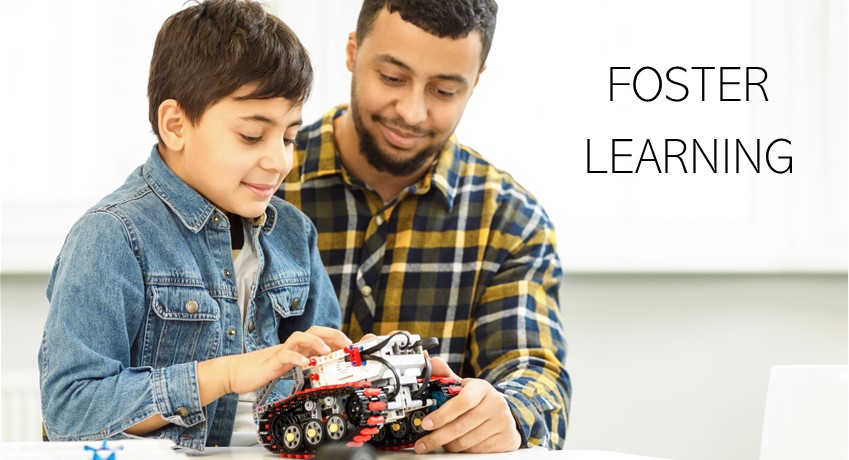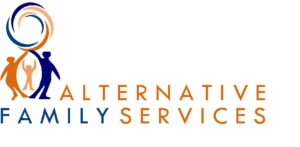Foster Youth Education in California: What You Need to Know
Today, the state of foster youth education in the United States, including in California, is substandard. But, there are ways all of us can help children and youth in foster care get the education they deserve. By investing in a foster youth’s education now, it increases their chance of successful independence post-education.

Today, the state of foster youth education in the United States, including California, is substandard. But, there are ways all of us can help children and youth in foster care get the education they deserve.
California Foster Youth Education Outcomes in Elementary School and High School
In school districts across the state of California, how are foster youth faring? Unfortunately, the numbers are too often not ideal:
- Over 20% of California foster youth are chronically absent from school, a rate twice the state standard.
- Only around 64% of foster youth in the state graduate from high school (around 86% for the state overall).
- 13% of California foster youth who graduated high school were deemed prepared for college or a career, as compared to 44% statewide.
- Over 14% of California foster youth have been suspended at least once, compared to 3% statewide.
- Foster youth are more likely to perform below standards in English language arts and Math compared to their peers. (1)
- 34% of foster youth between the ages of 17 and 18 have experienced five or more school changes.
- Foster youth between the ages of 17 and 18 are twice as likely as their peers to have served an out-of-school suspension at some point. (2)
- California foster youth are less likely than their peers to have attended a school that offers Advanced Placement classes.
- Foster youth are 3x more likely to be homeless.
- Foster youth have lower grade point averages in high school compared to non-foster youth, on average.
- Among foster youth who later enroll in community college, they typically have a lower GPA and earn fewer credits in their first year compared to their peers. (3)
- Compared to their peers, foster youth are less likely to attend a four-year college or university and are less likely to complete their first year when enrolled. (4)
It’s easy to see why these education disparities early in life can lead to major disadvantages later on in these kid’s life. People with high school diplomas earn more money in their lifetimes compared to those without. That statistic is especially true for college graduates. Education is key in today’s knowledge economy, and too many foster youth are being left behind – both nationally and here in California.
The impact of foster youth being behind in their education compared to their peers has a direct correlation with their increased likelihood of homelessness, addiction, chronic physical and mental illness as well as involvement with the criminal justice system. Without the skills and support necessary to succeed today, many former foster youth too often find themselves disadvantaged throughout their entire lives.
Improving Education Outcomes for California Foster Youth
While the numbers may be bleak, there is hope. There are many ways all of us can pitch in and support foster youth now so they can see success immediately and in the future.
For starters, certain policy changes seem to make a difference. In particular, extending available supports beyond the age of 18 has increased positive outcomes.
“Our findings provide evidence that extended foster care increases the likelihood that youth whose care is supervised by public child welfare agencies will enroll in postsecondary education by their 21st birthday,” Nathanael J. Okpych, Sunggeun (Ethan) Park and Mark E. Courtney of Chapin Hall at the University of Chicago wrote in 2019.
In addition, indicators are showing that many foster youth are seeking a post-high school education. Research from Educational Results Partnership and California College Pathways found that while 76% of non-foster youth applied to community college from high school, 85% of foster youth did – unfortunately, outcomes between these groups once enrolled did differ.
Beyond supporting state-level and national policies designed to help foster youth succeed with their education, there are other ways to help. You personally (or you may know someone) can considering becoming a resource parent to a foster youth.
Older foster youth especially are in need of loving, stable homes. You can help these teenagers and young adults have the consistency and support they need, and help ensure they stay in school to receive a quality education free of disruptions, suspensions and missed days.
If becoming a resource parent isn’t an option, there are other you can invest in the life of a foster youth. Consider donating to local organizations that provide critical needs and services to foster youth and former foster youth. For example, AFS’s Transition Aged Youth programs and services are designed to support transition-aged and emancipating foster youth with life skills, education and job support, transitional housing and independent living skills they’ll need as they transition to adulthood.
Even small donations can have a big impact. A $25 will go towards providing a foster youth with a new backpack, books, technology needs or supplies they need for school.
When foster youth receive a quality education, we all benefit. No matter how you can help, it’s critical we all invest in the youth of our community so there’s a more hopeful tomorrow.
Sources:
- https://www.caschooldashboard.org/reports/ca/2019/academic-engagement#graduation-rate
- http://www.fostercareandeducation.org/DesktopModules/Bring2mind/DMX/Download.aspx?EntryId=2100&Command=Core_Download&method=inline&PortalId=0&TabId=124
- https://www.jbaforyouth.org/wp-content/uploads/2019/12/Pipeline-to-Success-report-web.pdf
- https://www.chapinhall.org/research/california-foster-youth-in-extended-care-have-better-postsecondary-education-outcomes/
